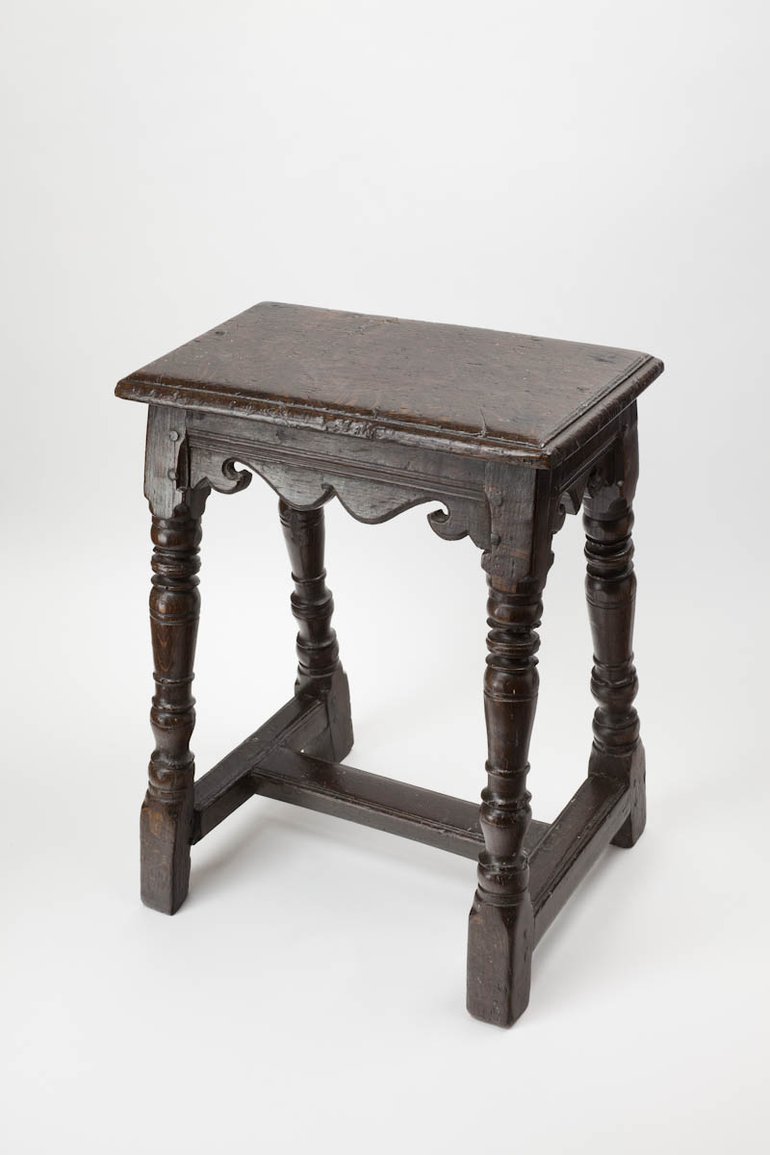As you approach the corner where Chapel Lane joins Chapel Street in Stratford-upon-Avon, you come across the spot where Shakespeare’s impressive townhouse once stood. This is the site of New Place: the house where Shakespeare lived with his family from 1597 until his death in 1616. No building has stood on this site since 1759 and, in the centuries following, this famous plot has been dug up, re-imagined and re-displayed many times over. Now, the Shakespeare Birthplace Trust presents the site as a series of imaginative gardens, forever memorialising Shakespeare’s lost home.

Thanks to recent archaeological investigations, we now understand quite a bit about Shakespeare’s New Place. We know, for instance, that it was a courtyard property, built around a large medieval hall. Today, this layout is imprinted on the site itself. You can follow the engraved floor plan of Shakespeare’s lost home, wander around the Tudor knot garden, and absorb the numerous art installations dotted throughout the site. But what you don’t see (because absolutely no trace of it remains) is the house itself. Although recent work has helped us to re-imagine the structure and layout of Shakespeare’s home, its appearance and interiors remain a mystery. This is because, in truth, we don’t really have any clues as to what it looked like. But that doesn’t mean we shouldn’t dig deeper.

I am a postgraduate researcher at the University of Birmingham and my PhD builds a virtual reconstruction of Shakespeare’s interiors at New Place. I look at a combination of archaeology, documents, and surviving buildings to say more about how Shakespeare might have filled, furnished and decorated his home. Really, I am interested in the relationship between social identity and domestic decoration in early modern England. How and why people used their homes to both construct and display their status, religion, education, occupation and personal tastes. Shakespeare was part of an interesting group of men who’s status seemed to shift during their lifetime. By his death, Shakespeare could officially call himself a gentleman. So I want to understand how he used his house, and his interiors in particular, to flaunt this newly acquired title. Not only will this help us to understand more about the social and cultural history of the time, but this research helps us to picture Shakespeare at home, surrounded by his treasures and trappings.

Over the next few months, I’ll delve deeper into the SBT’s collections. I will be looking for furnishings and furniture that were most likely to be found in a house like New Place. The SBT has a fantastic collection of domestic goods from Shakespeare’s lifetime, and I’ll be spotlighting a selection of these to try and build a picture of the interiors of New Place. With the help of documentary records (like wills and probate inventories) as well as surviving buildings, I hope to say more about these objects: where they were displayed, how they were used and what they can tell us about the social identity of the owner. Items that we might today take for granted - stools, chairs, tables and cupboards for instance - held significant meaning as well as function in Shakespeare’s time. We can learn a lot through these so-called ‘mundane’ objects of everyday living, and uncover more about how people like Shakespeare fashioned their identity.

Along the way, I would like to hear how you think Shakespeare would have decorated New Place. What choices would he have made and what fashions would he have followed? These are some of the questions I ask throughout my research, but I am also interested in how people today imagine Shakespeare at home. Feel free to tweet, comment or message your thoughts in response to any articles or online exhibitions that follow. New Place might be lost, but we can still imagine it.
Alex Hewitt is a PhD student in History at the University of Birmingham and is funded by the Arts and Humanities Research Council: Midlands3Cities

